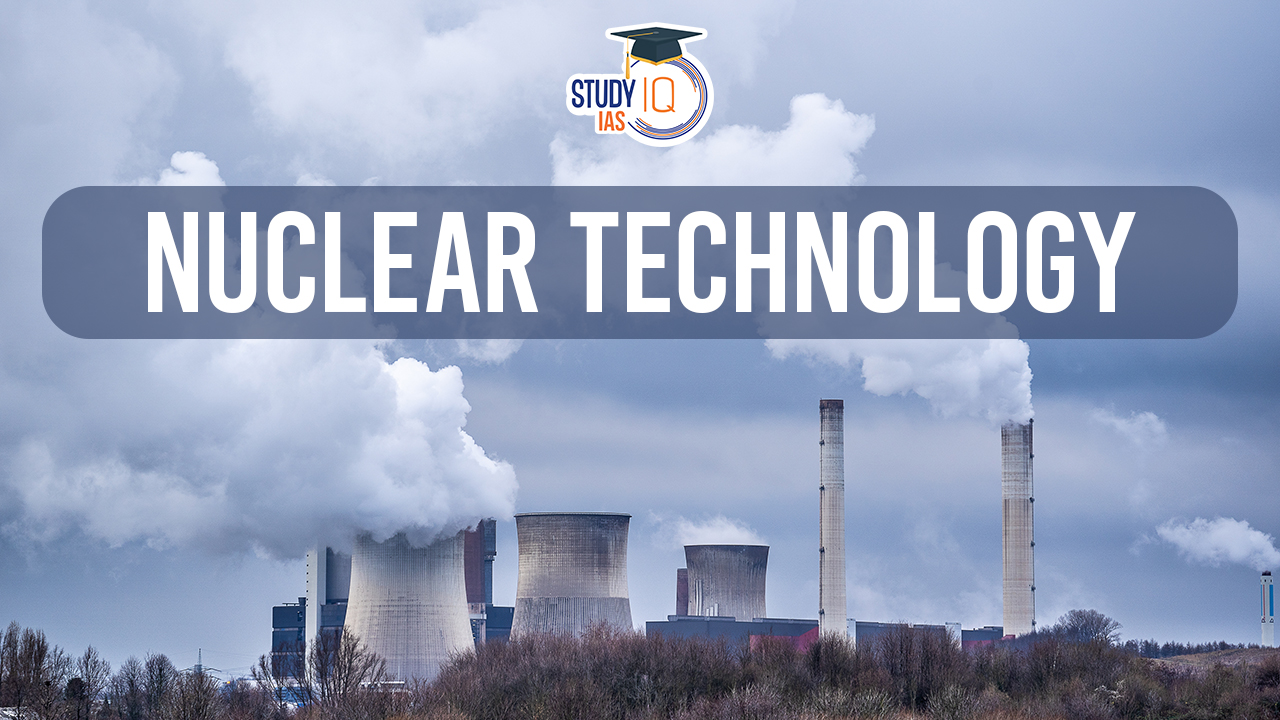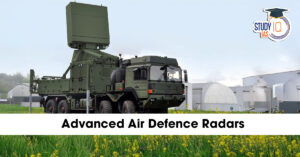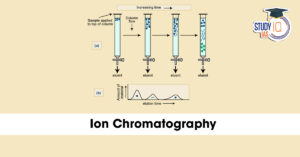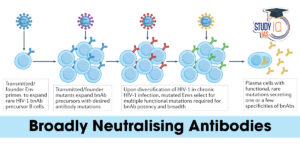Table of Contents
The world of nuclear technology is a realm where science, innovation, and energy converge to provide us with an extraordinary source of power. Nuclear energy, harnessed from the very core of atoms, represents a colossal reservoir of potential. In this article, we will explore the fascinating journey of nuclear technology, from the intricacies of nuclear fission to the operation of nuclear reactors and the crucial role of control mechanisms in electricity production.
Nuclear Technology
Nuclear technology harnesses the energy derived from atom-splitting, a concept pioneered in the 1940s, initially focused on weaponry during World War II. It finds diverse applications today, including nuclear reactors for electricity generation, nuclear medicine, and nuclear weapons.
Furthermore, it contributes to everyday life through smoke detectors, precise gun sights, agricultural advancements, space exploration, and water desalination. In reactors, controlled nuclear fission releases substantial heat and radiation. Beyond power, this technology is employed to sterilize insects, aid space exploration, and facilitate water desalination, showcasing its multifaceted role in both industry and science.
We’re now on WhatsApp. Click to Join
History and Background of Nuclear Technology
| Discovery | Year | Description |
| Radioactivity | 1896 | Henri Becquerel discovered radioactivity while studying uranium salts. |
| Isolation of Radium | Late 19th Century | Pierre and Marie Curie isolated the highly radioactive element radium. |
| Types of Radiation | Early 20th Century | Alpha, beta, and gamma radiation were identified, each with distinct properties. |
| Hazards of Radiation | Early 20th Century | Researchers realized that even small quantities of ionizing radiation posed long-term health risks, leading to radiation burns and cancer. |
| Medical Quackery | Early 20th Century | Radioactive materials were used in quack medicines, leading to harmful treatments. |
| Practical Applications | Early 20th Century | While radioactive patent medicines waned, practical uses persisted, like glowing dials using radium salts. |
| Nature of Decay | Ongoing | Understanding grew that some atomic nuclei are unstable, leading to random decay, releasing matter or energy. |
| Types of Radiation | Ongoing | Alpha decay (helium nuclei), beta decay (high-energy electrons), gamma decay (high-frequency electromagnetic radiation) are recognized. |
| Terrestrial Energy | Ongoing | Acknowledgment that most terrestrial energy originates from nuclear sources, including solar radiation and uranium’s radioactive decay. |
Nuclear Energy
Nuclear energy, tucked within the atomic nucleus, is an immense force binding atoms together. To harness it for electricity, nuclear fission splits atoms. Nuclear reactors, powered by uranium pellets, orchestrate this process. The resulting chain reaction generates heat, warming a cooling agent (usually water) to produce steam. This steam drives turbines connected to generators, creating electricity. Nuclear poisons, like xenon, adjust the reaction’s pace. With these control rods, we can slow or intensify the reaction to fine-tune electricity production. Nuclear energy, a testament to human innovation, offers a clean and powerful solution to meet our energy needs.
Nuclear Fission
Nuclear fission is the process of dividing a nucleus into roughly equal parts, releasing energy and neutrons in the process. If these neutrons trigger the fission of another unstable nucleus, a chain reaction occurs. The key parameter, denoted as “k,” indicates whether the chain reaction is self-sustaining (k > 1). When a mass of fissile material reaches this critical state, it is referred to as a “critical mass.”
However, if a mass is critical only when delayed neutrons are considered, the reaction can be controlled through neutron absorbers. This control mechanism forms the basis of nuclear reactors, where slow neutrons are used to sustain the chain reaction and generate electricity.
In 1951, the Experimental Breeder Reactor No. 1 (EBR-1) in Idaho marked the dawn of the “Atomic Age” by becoming the first nuclear fission power plant to produce electricity.
Nuclear Fusion
Nuclear fusion involves forcing nuclei to collide, potentially releasing or absorbing energy. When lighter nuclei combine to form a nucleus lighter than iron, energy is released. Conversely, when heavier nuclei fuse, energy is absorbed. In stars, fusion processes, such as hydrogen to helium, provide a continuous source of energy.
However, controlled nuclear fusion on Earth has proven elusive due to the formidable challenges posed by the strong repulsion between nuclei. While hydrogen bombs utilize uncontrolled fusion for devastating power, controlled fusion remains a technical and theoretical challenge, with net energy loss in current experimental devices like particle accelerators and fusors.
The quest for controlled, viable fusion power is ongoing, with international research efforts continuing to explore its potential as a clean and abundant energy source.
Nuclear Weapons
Nuclear weapons encompass two primary categories: fission and fusion. Fission, prevalent in early atomic bombs, involves splitting atomic nuclei, releasing immense energy. Fusion, harnessed in hydrogen bombs, merges atomic nuclei, yielding even more potent energy release. The science behind these weapons lies in achieving critical mass, where a self-sustaining chain reaction triggers a catastrophic explosion.
Uranium-235 and plutonium are common fissile materials. Fission releases energy through the splitting of heavy nuclei, while fusion unleashes energy when lighter nuclei combine. These weapons are meticulously engineered, embodying scientific precision, and their use poses a grave threat that underlines the importance of disarmament and global peace efforts.
| Application | Description |
| Nuclear Reactors | – Controlled use of nuclear fission to generate electricity. – Also used in propulsion for submarines, aircraft carriers, and icebreakers. – Not commonly used in transport ships due to cost and safety concerns. |
| Nuclear Medicine | – Utilizes radioactive materials for medical diagnostics and radiation therapy. – Involves imaging (x-rays) and radiopharmaceuticals for diagnosis, and radiation therapy for treatment. |
| Nuclear Weapons | – Involves the use of nuclear reactions to create explosive devices with destructive power. |
| Smoke Detectors | – Ionization smoke detectors incorporate small amounts of radioactive materials to detect smoke particles and trigger alarms. |
| Gun Sights | – Tritium and phosphor are used in gun sights to enhance nighttime accuracy. |
| Agriculture | – Radiation is used in agriculture for mutation induction, leading to the development of new or improved plant species. – Sterile insect technique for insect control. |
| Space Exploration | – Nuclear power sources, such as radioisotope thermoelectric generators (RTGs), provide electricity for space probes and rovers. |
| Water Desalination | – Nuclear desalination uses nuclear reactors to produce heat for the desalination process, converting seawater into fresh water. |
Civilian Uses
| Application | Description |
| Nuclear Power | – Generates electricity through controlled nuclear fission. – Propels aircraft carriers, icebreakers, and submarines. – Not widely used in transport ships due to economic and safety concerns. |
| Medical Applications | |
| Imaging | – Uses ionizing radiation (x-rays) for medical radiography to create images of the human body. – Radiopharmaceuticals and Positron Emission Tomography (PET) for high-resolution imaging. |
| Radiation Therapy | – Uses radiation to treat diseases. |
| Industrial Applications | |
| Industrial Radiography | – Utilizes x-rays and gamma rays for non-destructive testing and inspection of solid products. – Reveals internal defects in materials. |
| Gauges | – Measures various properties using gamma rays, e.g., level indicators for containers, thickness gauges for continuous production. |
| Electrostatic Control | – Uses alpha emitters like 241Am to remove static electricity in the production of materials like paper, plastics, and textiles. |
| Radioactive Tracers | – Follows the behavior of substances by tracing radioactivity, e.g., detecting leaks in tubes or measuring wear on components. |
| Oil and Gas Exploration | – Predicts well viability using neutron or gamma-ray sources and detectors to analyze rock properties in boreholes. |
| Road Construction | – Utilizes nuclear moisture/density gauges with cesium-137 sources to determine the density of soils, asphalt, and concrete. |
| Commercial Applications | |
| Radioluminescence | – Uses tritium with phosphor for applications like rifle sights, runway markers, and exit signs for nighttime illumination. |
| Betavoltaics | – Harnesses the energy from beta radiation for various applications. |
| Smoke Detectors | – Ionization smoke detectors incorporate radioactive americium-241 to detect smoke particles and trigger alarms. |
| Food Processing and Agriculture | |
| Mutation Induction | – Uses radiation to induce mutations in plants for the development of new or improved species. – Sterile insect technique for insect control. |
| Sterilization | – Sterilizes tools, equipment, and food products using ionizing radiation to eliminate microorganisms, bacteria, and insects. |
| Food Irradiation | |
| Food Preservation | – Exposes food to ionizing radiation to destroy microorganisms, bacteria, viruses, and insects. – Uses gamma ray sources, X-ray generators, and electron accelerators. |
| Other Applications | – Extends shelf life, inhibits sprouting, delays ripening, and improves re-hydration in food. – Also applied to non-food items. |
| Safety Considerations | – Food irradiation doesn’t induce radioactivity in treated food. – Regulated and permitted by over 40 countries. – Primarily relies on ionizing radiation from accelerators. |
Pros and Cons of Nuclear Technology
Nuclear technology has both advantages and disadvantages, and these can vary depending on the specific application and context. Here are some of the key pros and cons of nuclear technology:
Pros of Nuclear Technology
- Low Greenhouse Gas Emissions: Nuclear power plants produce electricity with minimal greenhouse gas emissions, making them a low-carbon energy source. This is important for addressing climate change.
- High Energy Density: Nuclear energy has a high energy density, meaning a small amount of nuclear fuel can produce a significant amount of energy, providing a stable and continuous power supply.
- Reliable Baseload Power: Nuclear power plants provide a consistent and reliable source of electricity, suitable for baseload power generation, which is essential for maintaining a stable electrical grid.
- Long Fuel Supply: Uranium, a common nuclear fuel, is relatively abundant, and advancements in reactor technology, such as breeder reactors, can extend the use of nuclear fuel.
- Medical Applications: Nuclear technology is essential for various medical applications, including diagnostics (radiography, PET scans) and cancer treatment (radiation therapy).
- Industrial Uses: Nuclear technology is employed in various industrial applications, including non-destructive testing, sterilization, and materials analysis.
- Space Exploration: Radioisotope thermoelectric generators (RTGs) powered by nuclear decay are used to provide electricity for space probes and rovers.
Cons of Nuclear Technology
- Nuclear Accidents: The risk of nuclear accidents, such as Chernobyl and Fukushima, can result in severe environmental contamination, health risks, and loss of life. These accidents also lead to public fear and opposition.
- Nuclear Waste: Nuclear power generates radioactive waste, which remains hazardous for thousands of years. Safe long-term storage and disposal of nuclear waste is a significant challenge.
- Proliferation Risk: The spread of nuclear technology raises concerns about nuclear weapons proliferation. Enriched uranium and plutonium can potentially be diverted for military purposes.
- High Initial Costs: Building and maintaining nuclear power plants is expensive, and the long lead time for construction can be a barrier to investment in nuclear energy.
- Limited Fuel Resources: While uranium is relatively abundant, concerns exist about the long-term availability of high-grade uranium ores. This could lead to fuel scarcity in the future.
- Safety Concerns: The operation of nuclear facilities requires strict safety measures, which can be challenging to enforce consistently.
- Public Perception: Negative public perception of nuclear technology, stemming from accidents and the association with nuclear weapons, can hinder its acceptance and expansion.
- Complex Waste Management: The management of nuclear waste, including storage and disposal, involves complex and costly procedures that must ensure long-term safety.
Nuclear Technology UPSC
Nuclear technology is a powerful and versatile force with diverse applications. It encompasses controlled nuclear fission for electricity generation and a crucial role in areas like medicine, industry, and space exploration. Nuclear fission splits atoms, releasing heat that drives turbines to produce electricity. Despite its advantages, nuclear technology faces challenges, including nuclear accidents, long-term radioactive waste disposal, and proliferation risks. Public perception and high initial costs also impact its adoption. The quest for controlled nuclear fusion as a clean energy source continues. Balancing its immense potential with safety and environmental concerns remains a complex and ongoing global endeavor.


 Advanced Air Defence Radars: Types, Comp...
Advanced Air Defence Radars: Types, Comp...
 Ion Chromatography, Working and Applicat...
Ion Chromatography, Working and Applicat...
 Broadly Neutralising Antibodies (bNAbs):...
Broadly Neutralising Antibodies (bNAbs):...

























